Looking to keep your skis or Snowfeet gear in top shape without leaving home? Here's the deal: maintaining your winter equipment is easier (and cheaper) than you think, especially with the right tools. Whether you're working on compact skiblades or full-length skis, this guide has you covered.
Key Takeaways:
- Ski Vises: Skip bulky options. Compact vises like the Snowfeet Maintenance Vise work for short skis (15–47 inches).
- Edge Tools: A file guide, metal files, and diamond stones are all you need for sharp edges.
- Waxing Tools: Use a small iron, universal wax, and brushes for a smooth finish.
- Base Repair: P-tex candles and scrapers handle scratches easily.
- Snowfeet Accessories: Affordable replacement straps and universal wax simplify maintenance.
Why It Matters:
- Compact gear like Snowfeet is easier to maintain than traditional skis. Less space, fewer tools, and faster upkeep.
- Home setups save money: $40–$100 for a vise, under $80 for a tuning kit.
- Maintenance time? Just 10–20 minutes per session.
Want to learn how to set up your own home workshop? Let’s dive in!
INEXPENSIVE DIY SKI & SNOWBOARD WAXING/TUNING VISE
Required Ski Tuning Tools for Short Skis and Skates
Setting up a home workshop for short skis and compact gear is much simpler than dealing with traditional long skis. One of the perks of working with Snowfeet* products, skiblades, and skiskates is their smaller size, which makes everything - from storage to tuning - way easier. You’ll still need good-quality tools, but the setup is a lot more manageable compared to full-length skis.
Tuning shorter gear is all about precision, not brute force. Unlike traditional 170 cm+ skis that need heavy-duty equipment, compact gear responds well to lighter, more affordable tools. These tools are designed to handle the unique needs of short skis, giving you professional results without the hassle.
Ski Vises
A solid ski vise is a must-have for any tuning setup. The good news? You don’t need the bulky, expensive vises made for full-length skis. Compact, adjustable vises are perfect - they’re space-saving and work just as well.
Look for vises that fit gear as short as 15 inches (38 cm) for Snowfeet* Mini Ski Skates and up to 48 inches (120 cm) for skiblades. The Snowfeet* Maintenance Vise is a great option, featuring rubber-coated clamps to protect your equipment.
Traditional ski vises often have a minimum length requirement, making them awkward for compact gear. Skip those oversized options and stick with something designed for shorter skis.
Edge Tools
Sharp edges are key for control, whether you’re carving on long skis or making tight turns on skiskates. The upside of shorter skis? Their edges are easier to maintain, saving you time and effort.
Your edge tuning kit should include a file guide (usually set at 88° or 90°), metal files, and diamond stones for finishing. Short skis mean fewer passes with your tools, making the process quicker and more consistent.
Compact, pocket-sized edge tools are also a lifesaver for quick touch-ups on the go. They’re a perfect match for the portable nature of your gear.
Base Repair Tools
Even with careful use, base damage happens. The good news? Repairs on shorter skis are quicker and require less material. A P-tex candle and lighter can handle most minor scratches, while a metal scraper smooths out repairs and removes extra wax.
Since the base area on compact gear is smaller, you’ll use significantly less P-tex compared to full-length skis. This makes maintenance not only faster but also more budget-friendly.
Once the repairs are done, waxing will keep your gear performing its best.
Waxing Equipment
Waxing does more than make your skis fast - it protects them from drying out. For short skis, a smaller waxing iron (like a travel iron) works perfectly, and you’ll use less wax per session.
A universal all-temperature wax is ideal for most conditions. Plus, with smaller skis, one bar of wax lasts longer. For finishing touches, use brass and boar hair brushes for structuring, along with plastic scrapers to remove excess wax.
The compact size of short skis also makes indoor waxing much easier. You won’t need to worry as much about ventilation or cleanup compared to waxing full-length skis.
Snowfeet* Accessories
Snowfeet* offers a range of maintenance products tailored to their gear. Their universal wax works for all Snowfeet* models, from the 38 cm Mini Ski Skates to the 120 cm Short Skis. Starting at just $6, it’s an affordable way to keep your equipment in top shape.
Replacement straps are another smart buy, typically costing around $15. Since Snowfeet* products use adjustable bindings instead of traditional ski bindings, having spare straps ensures you’re never stuck mid-season with unusable gear.
The best part? Snowfeet* accessories are cross-compatible. The same wax and maintenance tools work for everything from Mini Ski Skates to Skiblades, making your tuning routine simple and hassle-free. It’s a big advantage over traditional ski gear, which often demands different care methods for each type of equipment. This streamlined approach makes home tuning with Snowfeet* gear a breeze.
Top Ski Tuning Vises for Home Workshops
When it comes to tuning and maintaining compact gear like 15-inch (38 cm) Mini Ski Skates or 47-inch (120 cm) Short Skis, finding the right vise is key. Most traditional options just don’t offer the flexibility needed for smaller equipment. Below, we’ve highlighted the best choice for your home setup.
Snowfeet* Maintenance Vise
The Snowfeet* Maintenance Vise is a game-changer for compact winter gear. Specifically designed for short skis and skates, it’s built to handle the entire range of Snowfeet* products without the bulk you’d find in standard vises.
What sets it apart? For starters, it features rubber-coated clamps that securely hold your gear while protecting it from scratches or damage. These soft-touch clamps are perfect for keeping your Snowfeet* equipment in top shape.
Its adjustable design is another highlight. Whether you’re working on 15-inch Mini Ski Skates or 47-inch Short Skis, this vise can handle it all. This means you only need one tool to maintain your entire collection - whether you’re waxing skates for a quick outing or fine-tuning your skis for the slopes.
The vise easily mounts to any standard workbench and adjusts quickly to fit different gear sizes. Plus, its compact size ensures it won’t take over your workspace, unlike those large, clunky vises that often require a dedicated shop area.
Other Vise Options
While there are plenty of vises out there, most are designed for traditional skis and snowboards. They tend to be bulky and lack the precise adjustability needed for compact gear. When it comes to tuning smaller equipment, the Snowfeet* Maintenance Vise stands out as the top choice for precision and ease of use.
Setting Up a Home Ski Tuning Station
Creating a home tuning station for your Snowfeet* gear doesn’t require a ton of space. With a smart setup, you can easily maintain your compact equipment in a corner of your basement, a spare room, or even a heated garage.
Choosing a Workbench
Every good tuning station starts with a solid workbench. While traditional ski tuning demands heavy-duty surfaces, Snowfeet* gear gives you more flexibility when it comes to workspace options.
Your workbench needs to be sturdy enough to handle edge work and waxing without wobbling or shifting. For home setups, a smaller, space-efficient workbench is perfect for mounting ski vises.
Portable workbenches are especially handy for maintaining compact gear. Since Snowfeet* products are only 15 to 47 inches long, you won’t need the large bench space required for traditional skis. A ski tuning table can cost around $100, making it a budget-friendly addition to your workshop.
If you’re the DIY type, building your own bench can save money. Got some leftover lumber? Attach a sturdy surface to a portable bench, and you’ve got yourself a custom tuning station. Plus, you can tuck it away when you’re done.
Prefer something pre-made? Compact workbenches like the Toko Workbench Small are designed for tight spaces but still offer the stability you need for tuning. These smaller options take up far less room than professional racing benches, which can dominate your floor space.
Once your bench is ready, arrange your tools in a way that keeps everything within easy reach.
Organizing Tools
Keeping your tools neat and accessible makes tuning sessions much smoother. Since Snowfeet* gear requires fewer tools than traditional skis, organizing your setup is a breeze.
Wall-mounted storage is a fantastic option for edge tools, files, and brushes. A pegboard system lets you display and secure your tools, while magnetic strips can hold metal files and scrapers so they’re always handy.
For smaller items like wax, replacement straps, and cleaning supplies, a toolbox is a great solution. It keeps everything portable and contained, which pairs perfectly with a portable workbench setup.
To keep things efficient, assign specific areas for waxing supplies, edge tools, and cleaning materials. This is especially helpful in smaller workspaces where clutter can quickly take over.
With your tools in order, you’ll also want to focus on making your workspace safe and comfortable.
Safety and Comfort Tips
Waxing can release fumes, so make sure your workspace is well-ventilated. If you’re working in a basement or other enclosed area, a small fan can help circulate air and keep the fumes in check.
Good lighting is key. Invest in LED shop lights for clear visibility, and set your workbench height between 34 and 36 inches to avoid straining your back. Keep the room temperature between 60-70°F - wax is much easier to work with at this range. If it’s too cold, the wax hardens; too warm, and it gets tricky to apply evenly.
Safety gear is a must. Wear safety glasses to protect your eyes from metal filings and sharp tools, and always have a first aid kit nearby. The compact nature of Snowfeet* gear makes your workspace safer than traditional ski setups, as you’re not dealing with long, cumbersome equipment in tight quarters. Less gear to juggle means fewer chances for accidents or damage.
sbb-itb-17ade95
Why Snowfeet* Products Make Home Tuning Easier
If you’ve set up an efficient home workshop, Snowfeet* products can make tuning even simpler. Thanks to their smart design, they speed up the process and reduce costs compared to working on traditional skis or snowboards.
Lightweight and Portable
Snowfeet* gear is incredibly lightweight and compact. While traditional skis can weigh anywhere from 7 to 15 pounds and stretch 60 to 80 inches long, Snowfeet* products weigh just 2 to 4 pounds and measure between 15 and 47 inches. This smaller size makes it much easier to reposition your gear during maintenance. Plus, you can work on them right at your kitchen table - no need for a dedicated workbench. When you're done, they’re easy to store in a closet or even under a bed. Try doing that with a pair of full-length skis!
Simple Bindings and Compact Design
Another big win for Snowfeet* is their straightforward binding system. With fewer parts to deal with, maintenance becomes a breeze. You won’t need a pile of specialized tools to access key components. Tasks like sharpening edges, waxing, or fixing the base are quicker and less frustrating because the design gives you better visibility and control.
Cost-Effective Maintenance
Maintaining Snowfeet* is easier on your wallet, too. Their smaller size means you’ll use fewer tools and less wax, saving money over time.
| Equipment Type | Snowfeet* Products | Traditional Skis/Snowboards |
|---|---|---|
| Vise Cost | $40–$100 | $90–$265 |
| Complete Tuning Kit | $50–$80 | $120–$300 |
| Maintenance Time | 10–20 minutes | 30–60 minutes |
For example, a compact vise for Snowfeet* costs between $40 and $100, while a full tuning kit can be assembled for under $80. Compare that to the higher costs of traditional ski equipment, and it’s clear Snowfeet* is more budget-friendly. Maintenance is also faster - just 10 to 20 minutes per session versus the 30 to 60 minutes needed for traditional skis. Even if you’re a beginner, you’ll be able to handle basic upkeep without breaking a sweat.
Key Takeaways for Home Ski Tuning in 2025
Home ski tuning in 2025 is easier, more affordable, and more practical than ever - especially when you’ve got the right tools for your gear. Let’s break it down.
Traditional ski tuning setups often require a lot of space, time, and money. But Snowfeet* has flipped the script with its compact and efficient designs. Here’s why:
- Precise edge tuning with basic tools: No need for a workshop full of gadgets. Snowfeet* gear allows you to handle edge tuning with minimal equipment.
- Less frequent repairs: Thanks to durable fiberglass construction, your gear holds up longer, meaning fewer fixes and more time on the slopes.
- Simple adjustments: A screwdriver is all you need for most tweaks - how easy is that?
Snowfeet* gear, whether it’s Mini Ski Skates or Short Skis, also saves you space. Lightweight and portable, it’s perfect for a DIY maintenance setup at home. No bulky tools, no hassle.
In 2025, home ski tuning is all about compact, efficient solutions that make keeping your gear in top shape a breeze.
FAQs
What makes Snowfeet products better than traditional skis for home tuning?
Snowfeet products are known for being lightweight and compact, which makes them a breeze to handle and maintain at home. Unlike traditional skis that can feel heavy and cumbersome, Snowfeet’s short skis and skiblades are designed with agility and ease of use in mind. This means tuning and upkeep are much simpler, especially for those who like to take the DIY approach.
With Snowfeet, you’re looking at a maintenance process that’s easier on your wallet and your workspace - perfect for anyone with a small home setup. Their clever design makes it simple to keep your gear in peak condition without the hassle or bulk of traditional ski equipment.
How do I set up an efficient home workshop for tuning Snowfeet gear?
Setting Up a Home Workshop for Your Snowfeet Gear
Creating a home workshop for maintaining your Snowfeet gear doesn’t have to be complicated. Their compact, lightweight design makes it easy to tailor your workspace for efficiency and convenience.
Start by carving out dedicated spots for key tasks like waxing, edge tuning, and binding adjustments. Since Snowfeet are smaller than traditional skis or snowboards, invest in adjustable clamps and a sturdy vise designed for smaller gear. These will keep everything secure while you work.
Keep your tools neat and within reach. Must-haves include a wax iron, brushes, edge tuners, and cleaning supplies. Adding a drying station for lightweight parts can make your workflow smoother. And because Snowfeet are compatible with regular winter shoes and super versatile, think about space-saving solutions. Opt for ergonomic setups that won’t break the bank but still get the job done right.
By organizing your space with these tips, you’ll have everything you need to keep your Snowfeet gear in top shape - all from the comfort of home.
What safety measures should I follow when tuning my Snowfeet equipment at home?
When you're tuning your Snowfeet gear at home, safety should be your first priority. Start by putting on protective gloves and safety glasses - you don’t want any accidents with sharp tools or stray debris. Also, make sure you’re in a well-ventilated space to avoid breathing in dust or fumes from waxes or abrasives.
Be mindful when handling tools - use them the right way to avoid damaging your gear or hurting yourself. Keep your workspace tidy and organized, and take your time to stay focused. A clean and safe setup not only protects you but also helps you get your gear in great shape for peak performance.

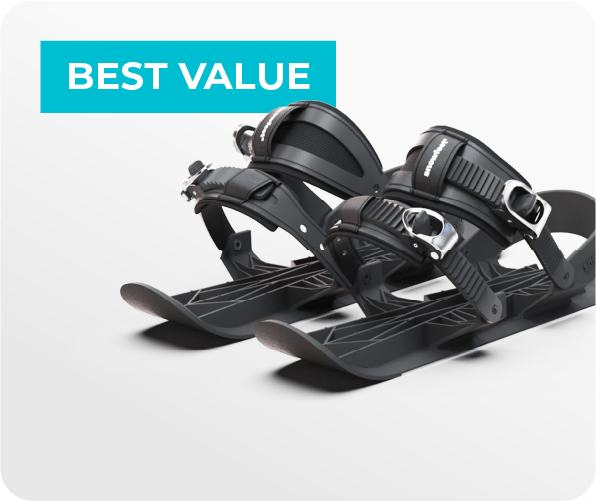



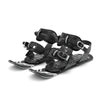
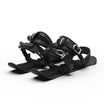
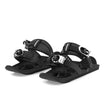

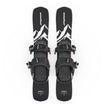
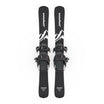

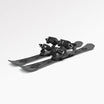
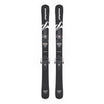
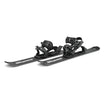
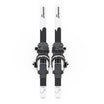





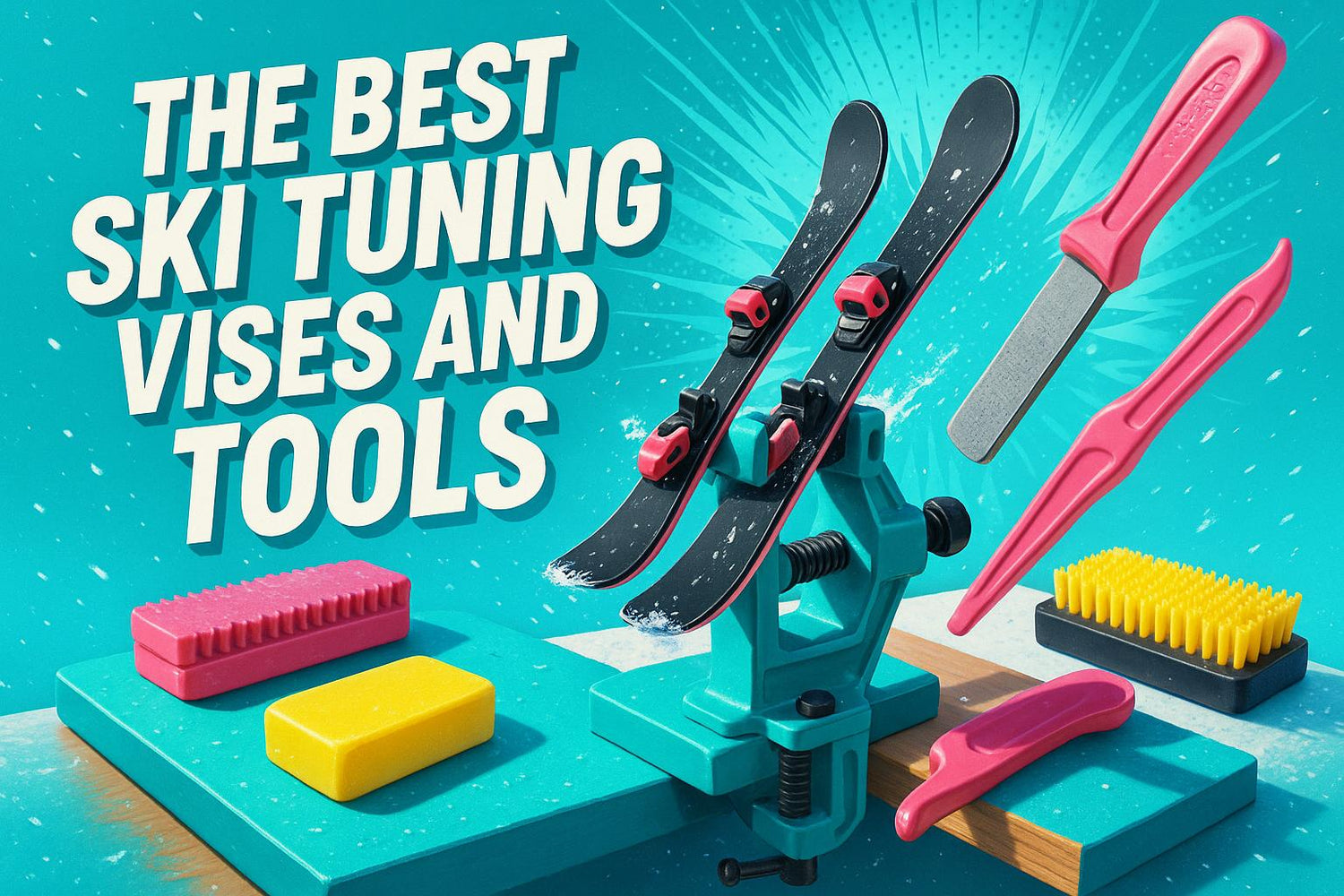
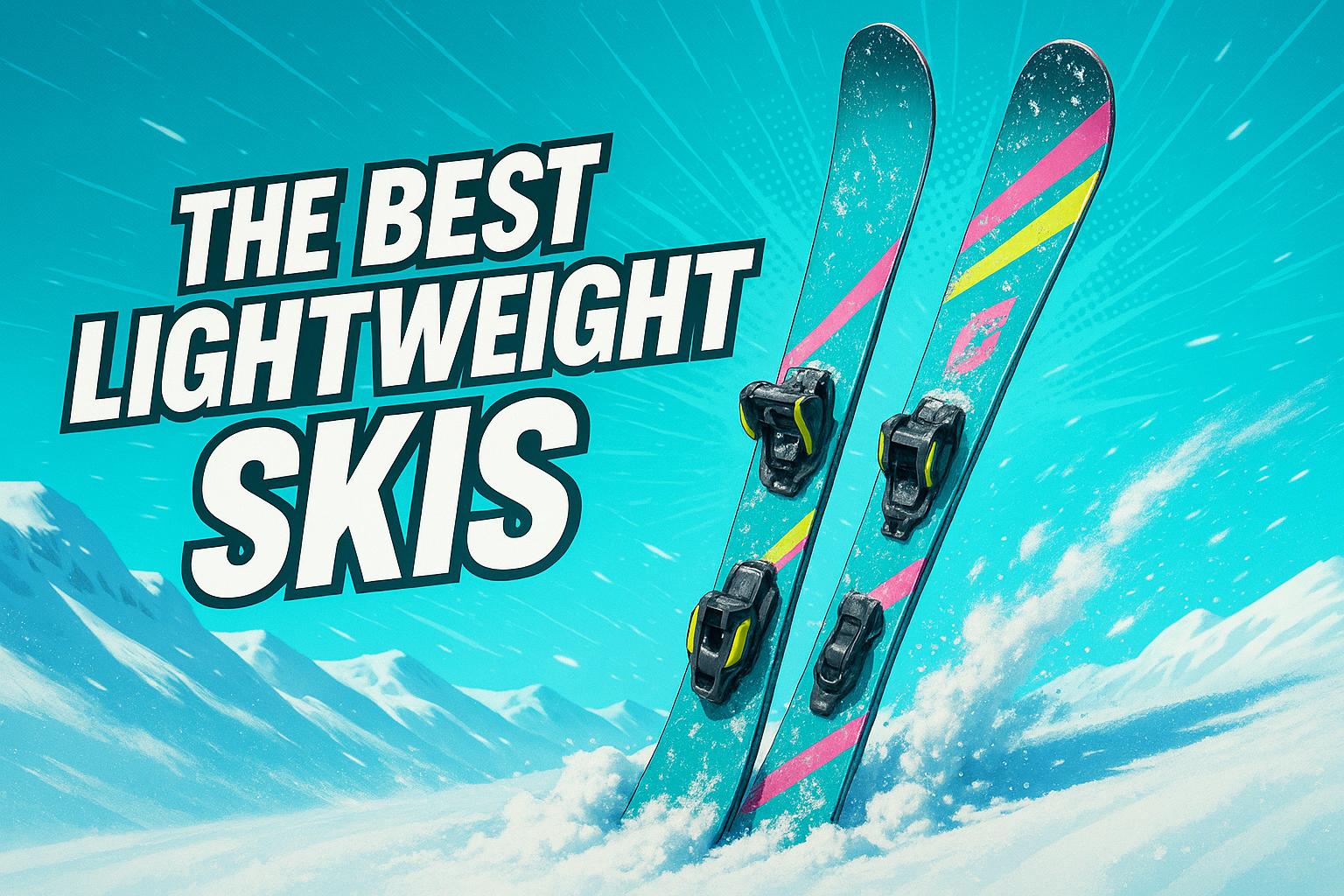
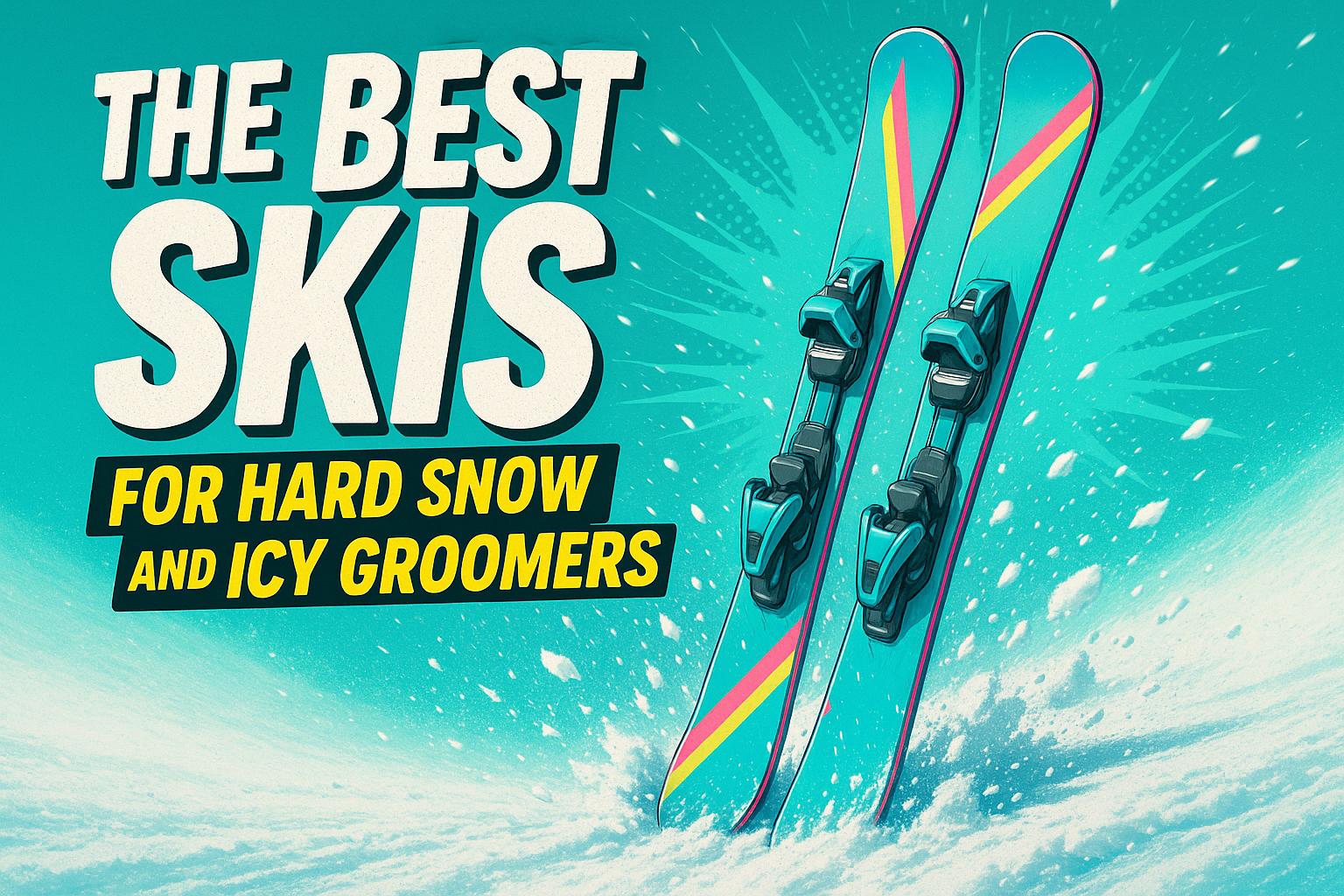
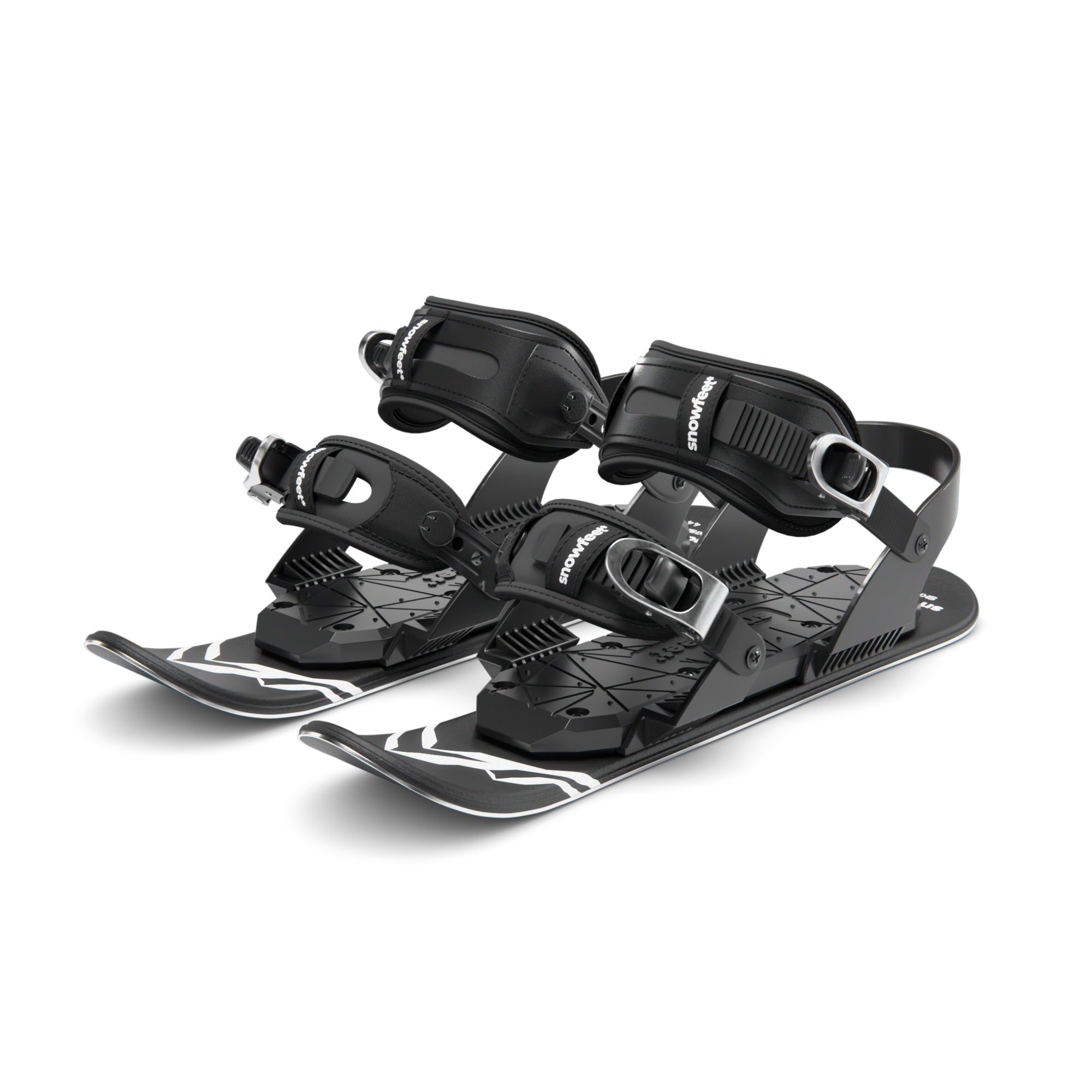
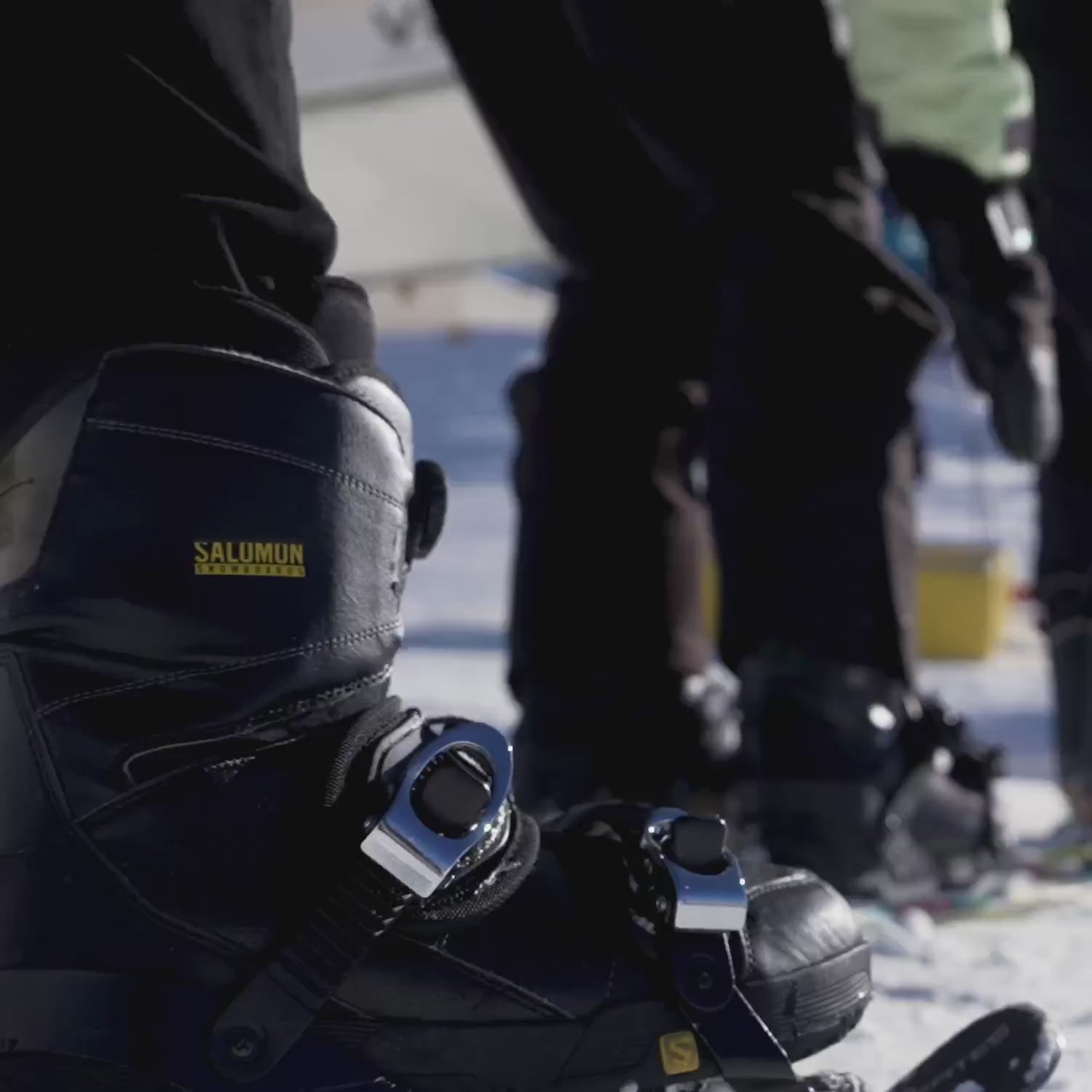
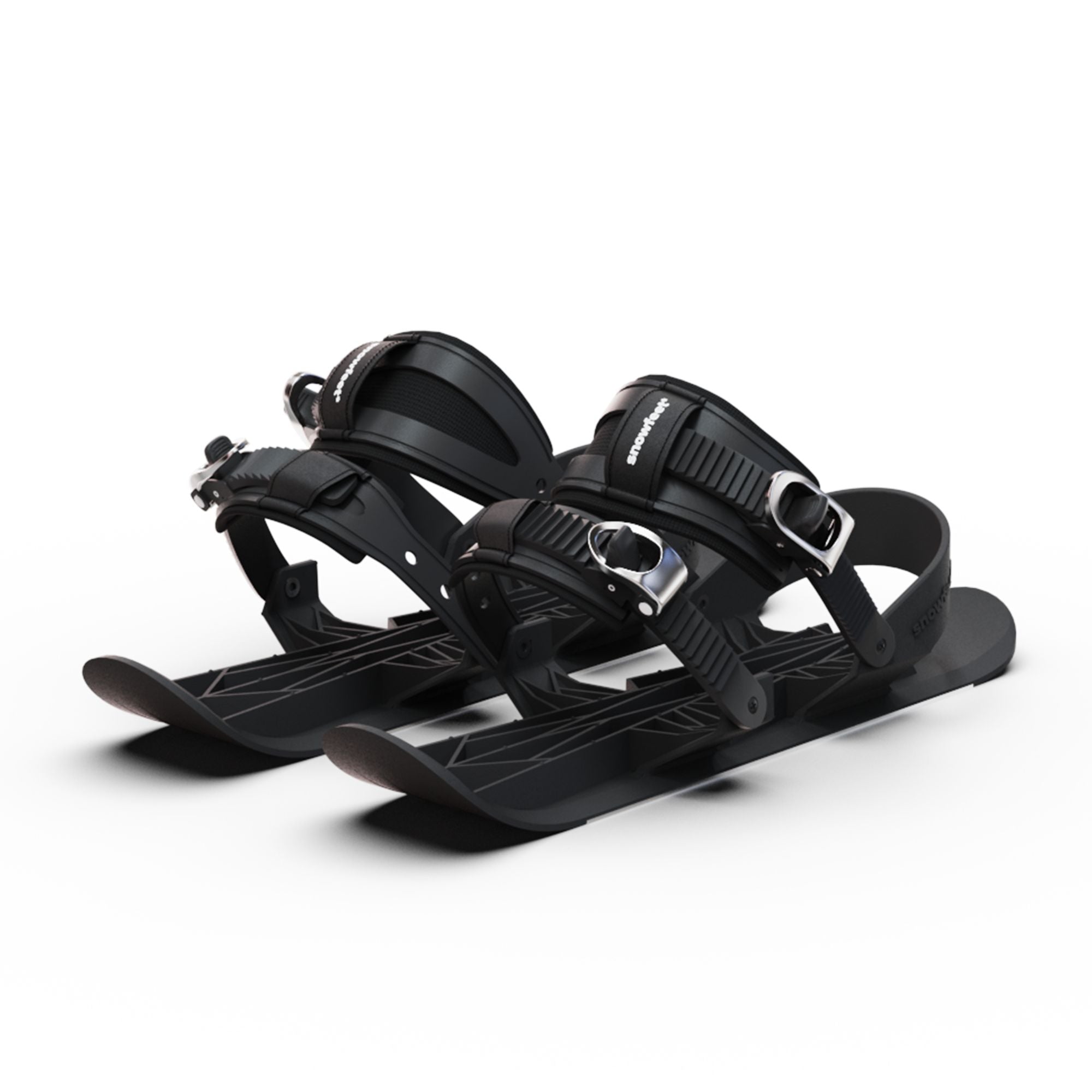
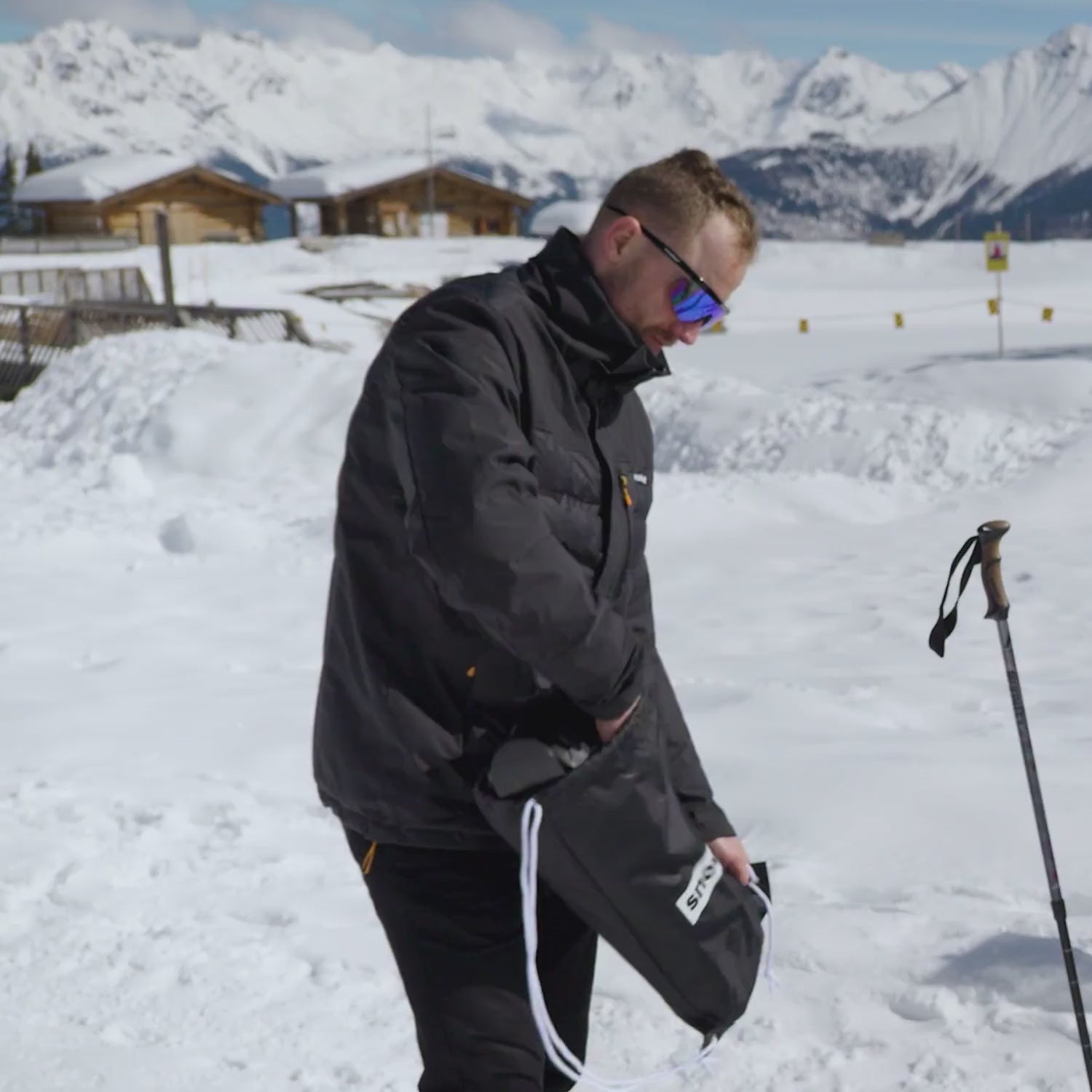
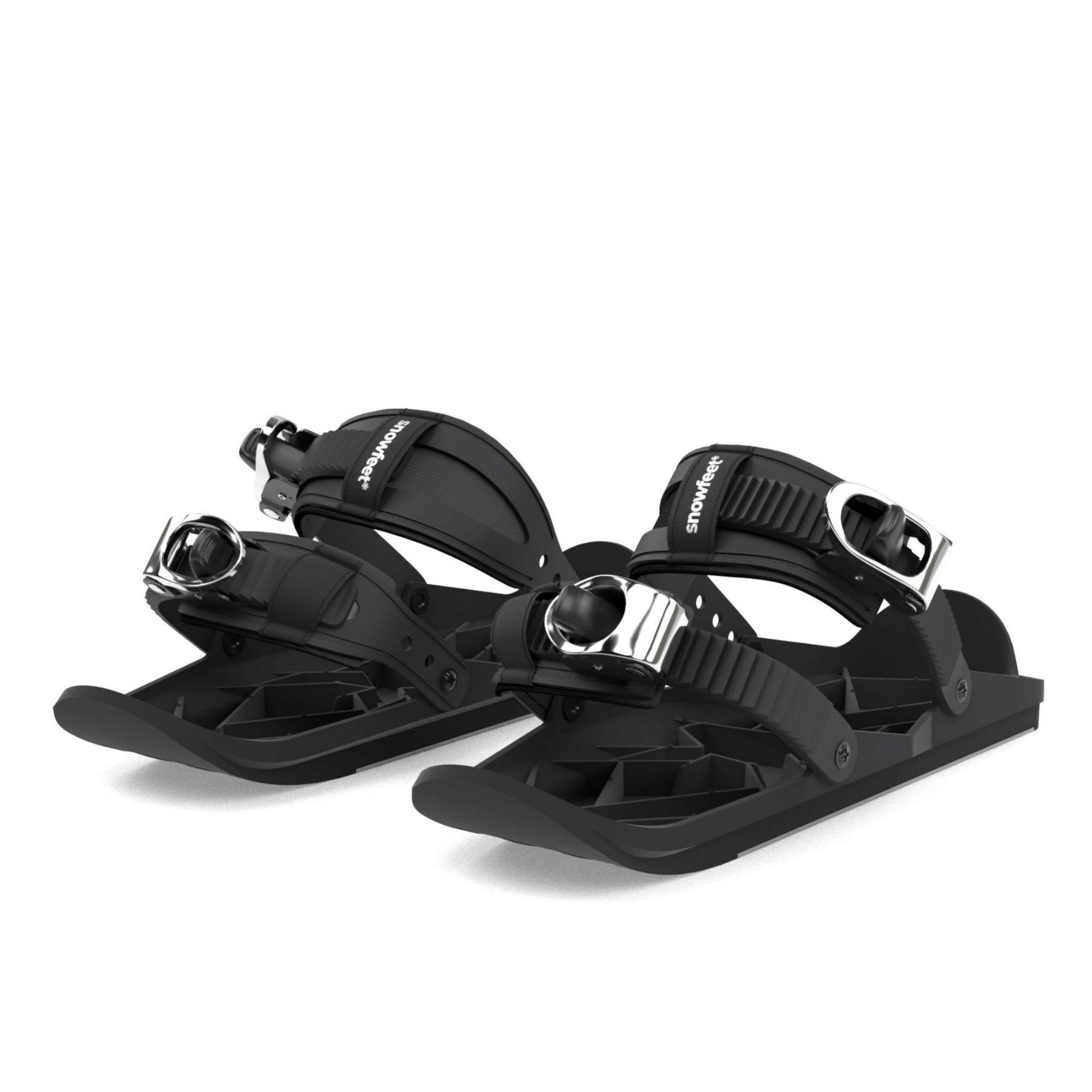
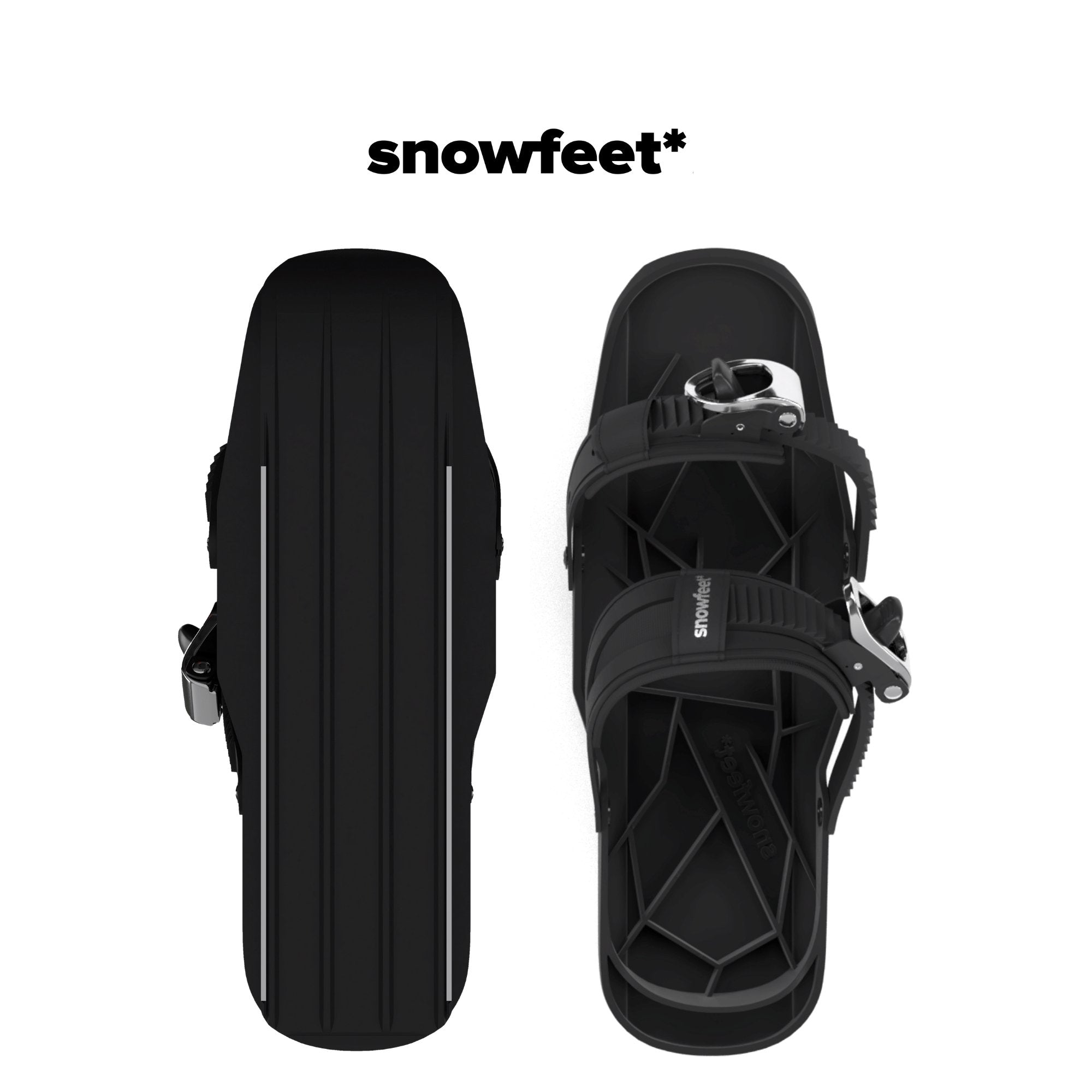
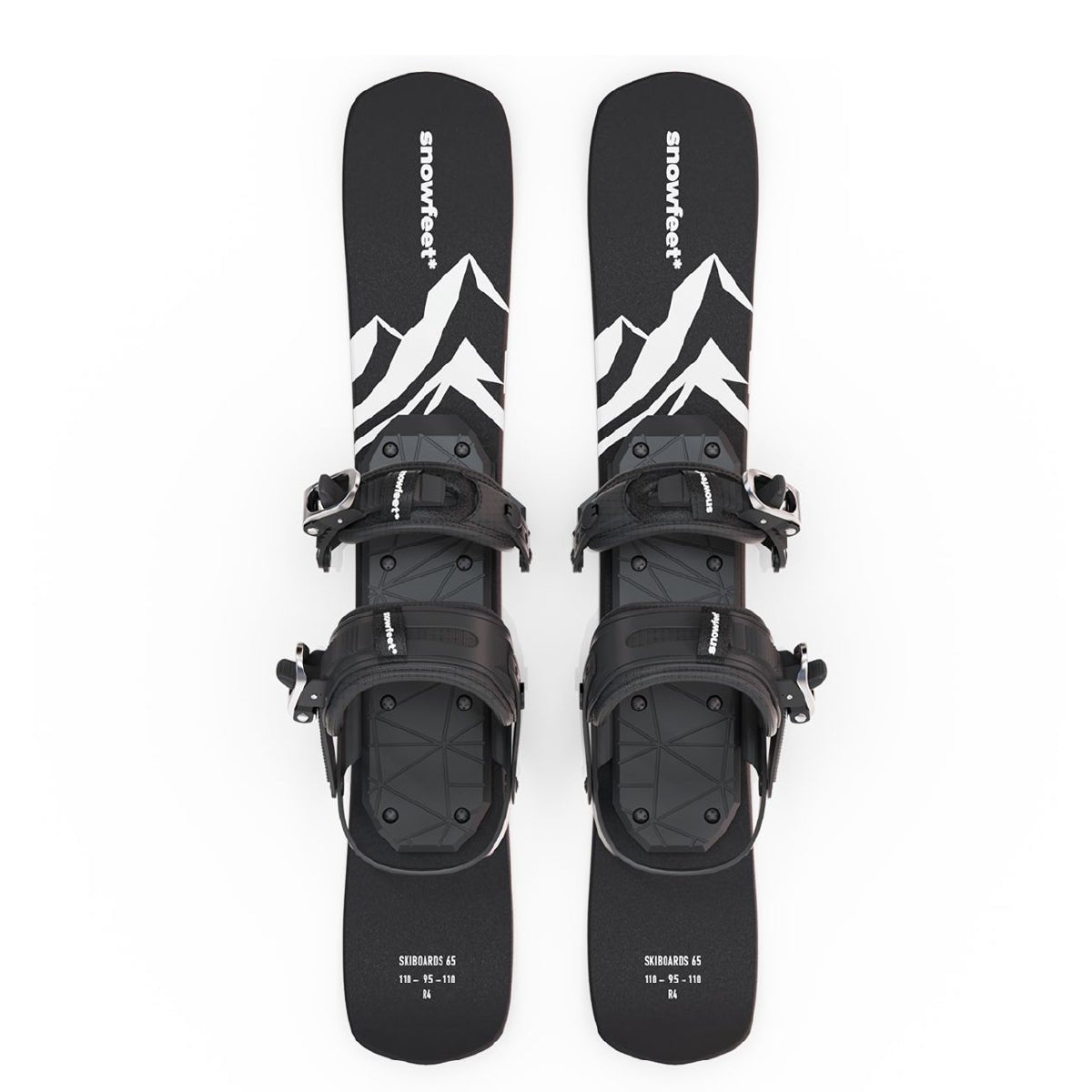
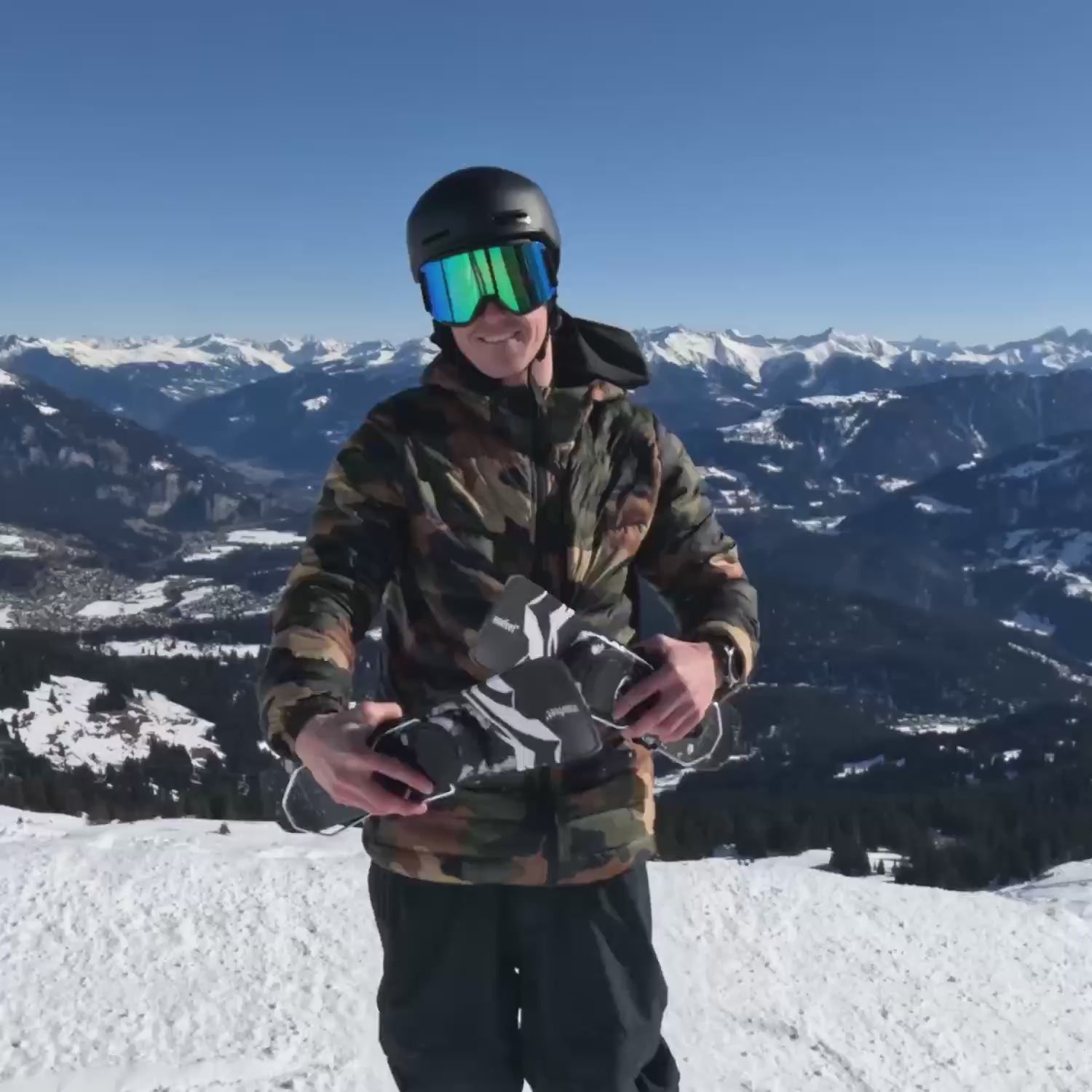
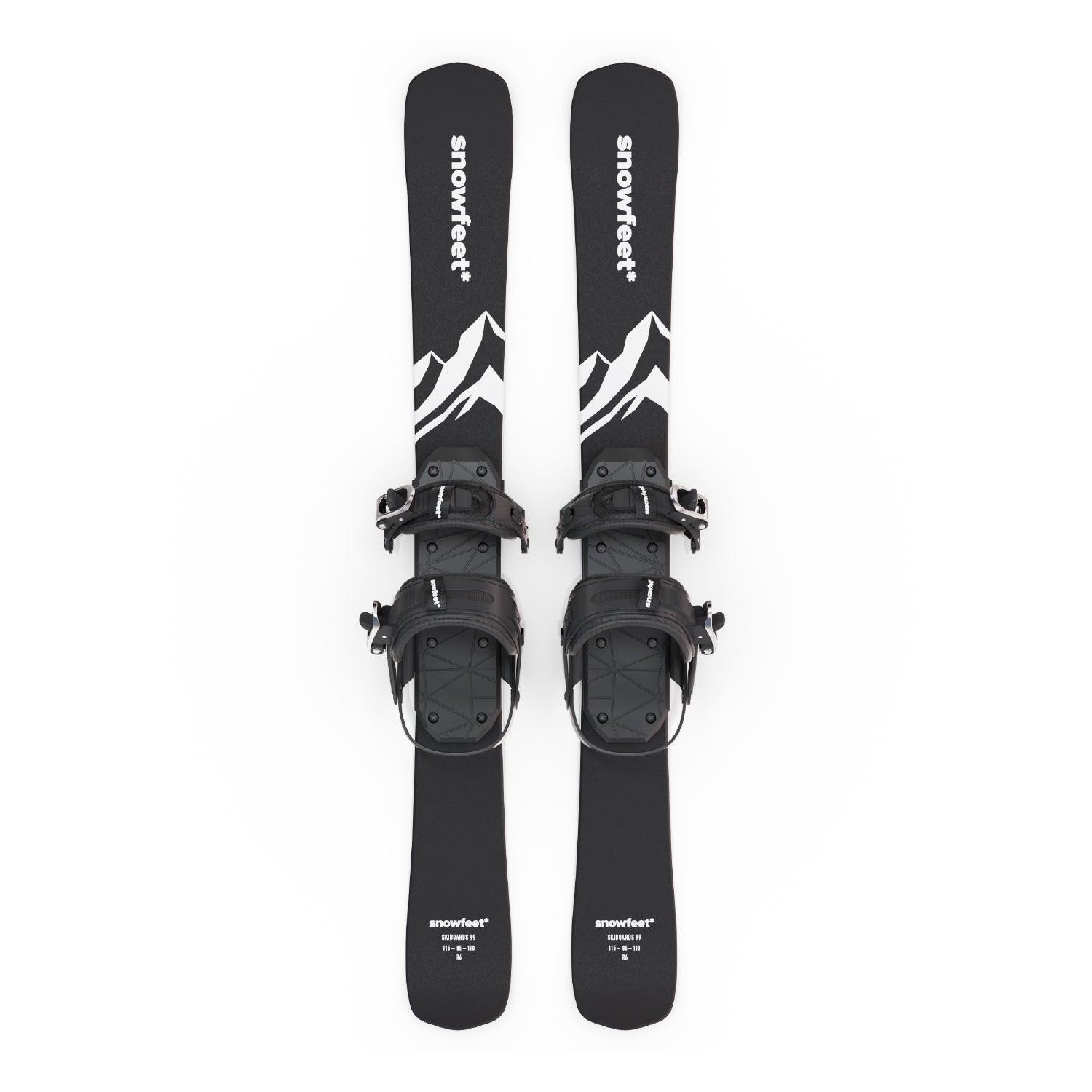
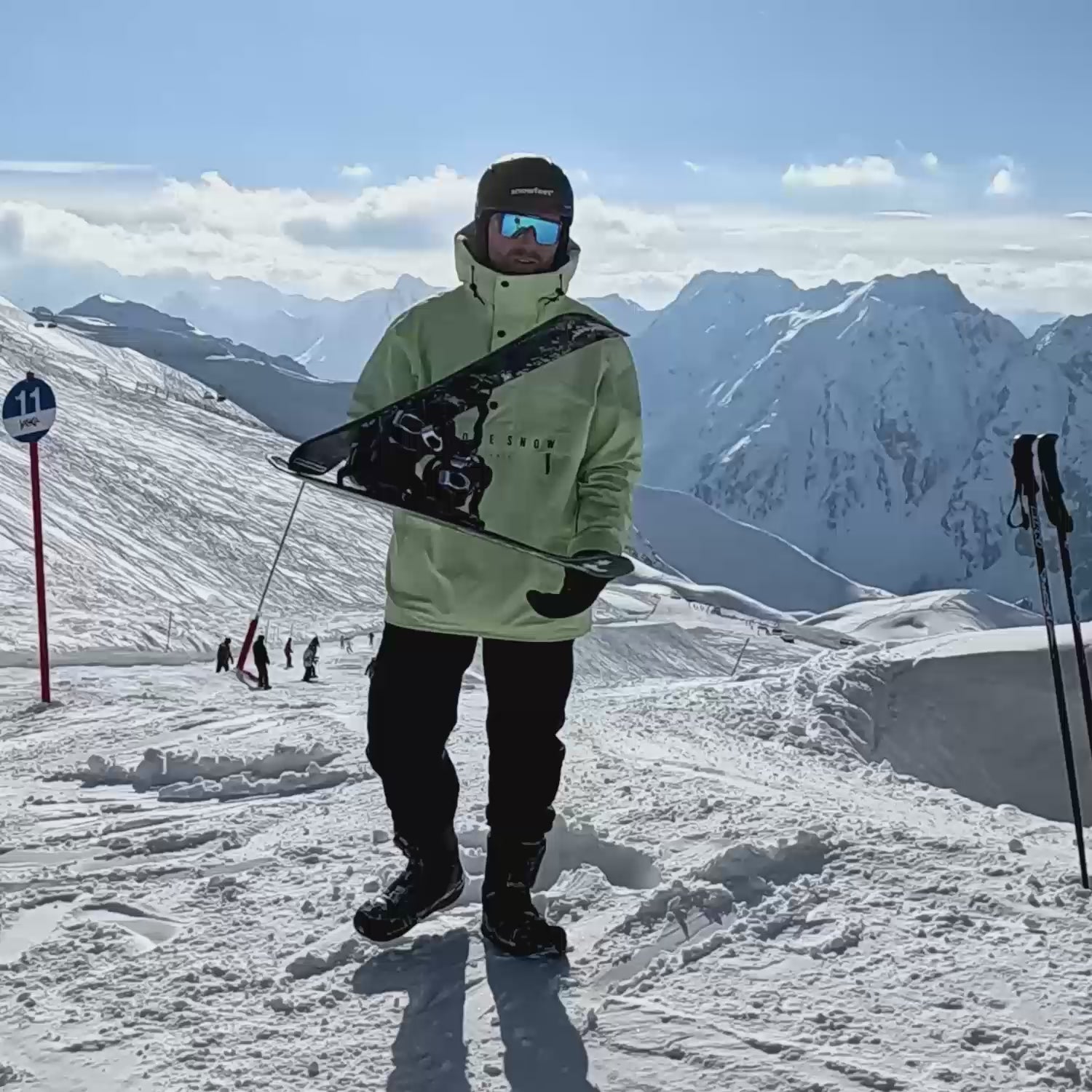
Leave a comment
This site is protected by hCaptcha and the hCaptcha Privacy Policy and Terms of Service apply.